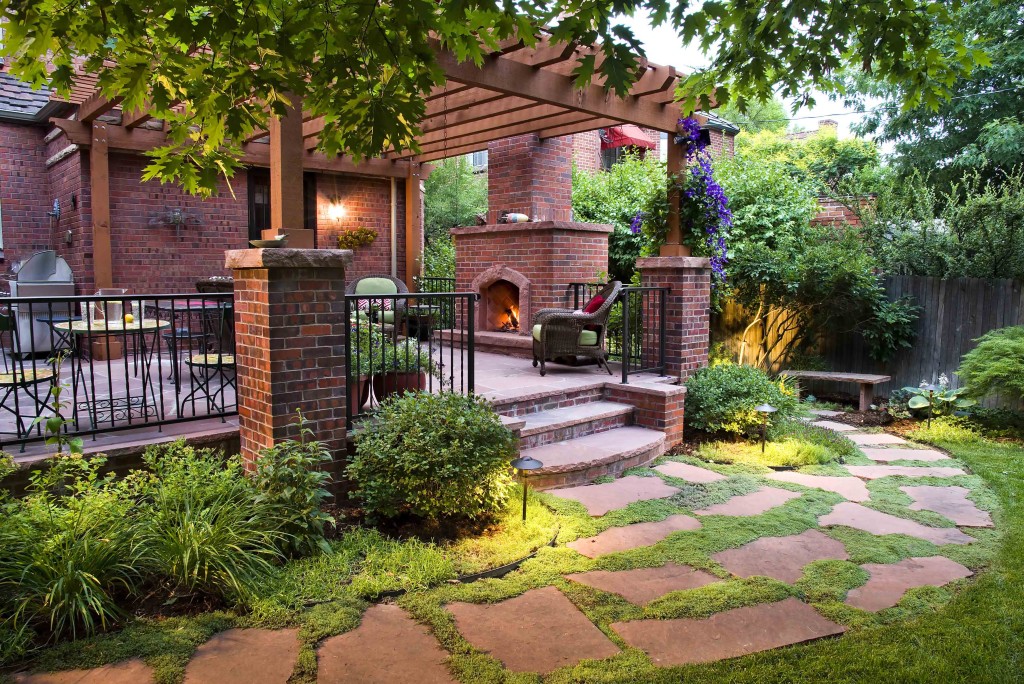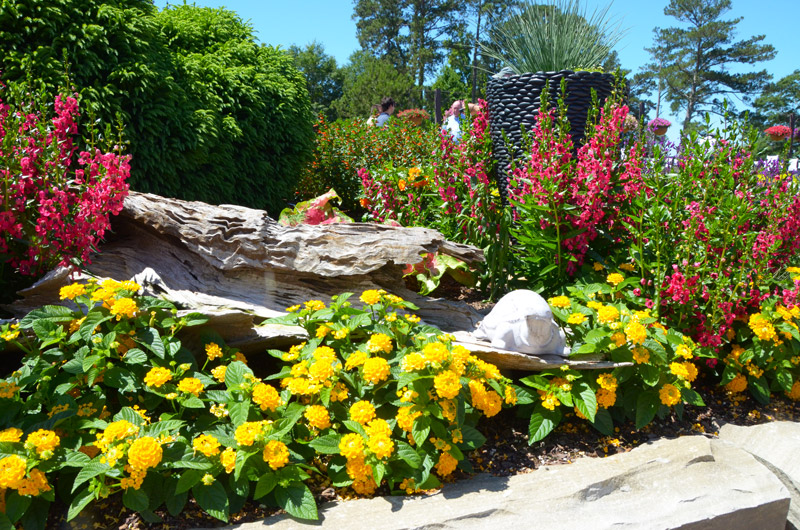More About Hilton Head Landscapes
More About Hilton Head Landscapes
Blog Article
Some Known Facts About Hilton Head Landscapes.
Table of ContentsHilton Head Landscapes Fundamentals ExplainedSome Known Factual Statements About Hilton Head Landscapes The Single Strategy To Use For Hilton Head LandscapesAbout Hilton Head LandscapesThe Of Hilton Head LandscapesThe smart Trick of Hilton Head Landscapes That Nobody is DiscussingUnknown Facts About Hilton Head LandscapesThe smart Trick of Hilton Head Landscapes That Nobody is Discussing
Type compatibility is also a major component of unity in designone or 2 strikingly different types are great for comparison and focus, yet usually all other types ought to have some similarities for an unified appearance. Appearance refers to just how coarse or great the surface of the plant or hardscape material feels and/or looks.
Examples of plants with crude structure include philodendrons, agaves, bromeliads, hollies, hands, and hydrangeas. Hardscape with rugged appearance consists of rough-cut rock, rough-finished block, and incomplete wood with knots and a raised grain. Matured or old building material that keeps a weather-beaten surface is typically coarse in appearance. Features that develop fine structure consist of little foliage; slim, strappy leaves (grasses) or high, thin stems; little, dense twigs and little branches; long stems (creeping plants); and tiny, delicate blossoms.
3 Easy Facts About Hilton Head Landscapes Described
The majority of plants are average structure, in that they can not be described as having either crude or great structure. Medium-textured plants act as a history to web link and merge the rugged- and fine-textured plants.

To make an area really feel smaller sized, put the coarse structures along the outer boundary and the great appearances closest to the viewer. The detail of the coarse structure makes the plants appear closer and makes the room really feel smaller. The viewed structure of plants can likewise transform with the range from the plant.
More About Hilton Head Landscapes
Vibrant colors raise the comparison and make the structure appear coarser, while muted shades can squash appearance. Hardscape with a coarse texturesuch as very harsh rocks and strong, large timberstends to make all plant material appear more moderate distinctive. Developers commonly develop a texture research (Figure 8) on paper to help decide the plan of plant materials.
Figure 8. Texture research. Color in plant material and hardscape includes rate of interest and range to the landscape. Shade is the most obvious aspect in the landscape and is generally the focus of most home owners; nonetheless, it is likewise one of the most momentary element, normally lasting just a few weeks a year for specific plants.
Not known Details About Hilton Head Landscapes
An easy summary of the shade wheel includes the three primaries of red, blue, and yellow; the 3 secondary shades (a mix of 2 primaries) of environment-friendly, orange, and violet; and six tertiary colors (a mix of one adjacent main and secondary color), such as red-orange. Shade theory discusses the connection of shades to each other and just how they should be used in a composition.

Similar (in some cases called harmonious) color design are any three to 5 colors that are adjacent on the color wheel, such as red, red-orange, orange, yellow-orange, and yellow, or blue, blue-violet, and violet (landscape design hilton head). The colors are associated per various other because they normally consist of 2 primaries blended to create a second and 2 tertiary shades, which indicates they share usual properties
They have a tendency to have high contrast between them. The most typical sets are violet and yellow, red and eco-friendly, and blue and orange. Complementary colors are commonly located normally in flowers; a typical pair is yellow and violet. Color is found in the blossoms, vegetation, bark, and fruit of plants.
Facts About Hilton Head Landscapes Uncovered
Environment-friendly foliage in all its various tones is the dominant shade by quantity, but various other colors record focus quicker as a result of their high contrast to the color environment-friendly. Color is additionally located in structures, rocks, pavers, wood, and furnishings. Most colors in natural products, such as stone and timber, are normally muted and have a tendency to be variants of brown, tan, and pale yellow.
Shade is an important aspect for producing rate of interest and selection in the landscape. Shades have homes that can influence emotions, spatial understanding, light high quality, equilibrium, and focus. One residential or commercial property of color is defined family member to temperaturecolors show up to be amazing or warm and can influence emotions or feelings. Cool colors have a tendency to be soothing and must be used in areas for relaxation and calmness.
The Of Hilton Head Landscapes
The "temperature" of shades can likewise impact the assumption of distance. Awesome shades often tend to recede and are perceived as being farther away, making a space really feel larger. Warm shades tend to advance and are regarded as being closer, making a room feel smaller sized. Shade can likewise be used to record attention and direct sights.
For example, bright yellow, which has the greatest strength, likewise has a high contrast with all other shades (commonly explained as a "pop" of shade) and should be conserved. A small amount of extreme shade has as much visual weight as a big quantity of an extra restrained or weaker color.
Comparable (occasionally called harmonious) shade systems are any kind of 3 to 5 shades that are adjacent on the color wheel, such as red, red-orange, orange, yellow-orange, and yellow, or blue, blue-violet, and violet. The shades relate to every various other due to the fact that they generally consist of 2 primary colors blended to create a secondary and two tertiary colors, which indicates they share usual buildings.
Not known Factual Statements About Hilton Head Landscapes
Corresponding shades are frequently located naturally in blossoms; an usual set is yellow and violet. Color is found in the blossoms, vegetation, bark, and fruit of plants.
Environment-friendly vegetation in all its various tones is the dominant color by amount, however other shades catch attention extra conveniently due to their high contrast to the shade green - landscaping hilton head sc - http://go.bubbl.us/e336a4/f200?/New-Mind-Map. Color is likewise found in structures, rocks, pavers, timber, and furniture. Many colors in all-natural materials, such as rock and timber, are normally muted and often tend to be variations of brownish, tan, and pale yellow
3 Easy Facts About Hilton Head Landscapes Explained
Colors have residential or commercial properties that learn this here now can affect feelings, spatial assumption, light top quality, equilibrium, and focus. Great shades have a tendency to be relaxing and should be used in locations for leisure and serenity.
The "temperature" of colors can also affect the perception of distance. Awesome colors often tend to recede and are perceived as being further away, making a room really feel bigger. Warm colors tend to advance and are perceived as being closer, making a room really feel smaller. Shade can additionally be made use of to catch focus and direct views.
Intense yellow, which has the highest possible strength, also has a high comparison with all other shades (commonly described as a "pop" of color) and need to be utilized sparingly. A percentage of intense shade has as much visual weight as a huge amount of an extra subdued or weak shade.
Report this page